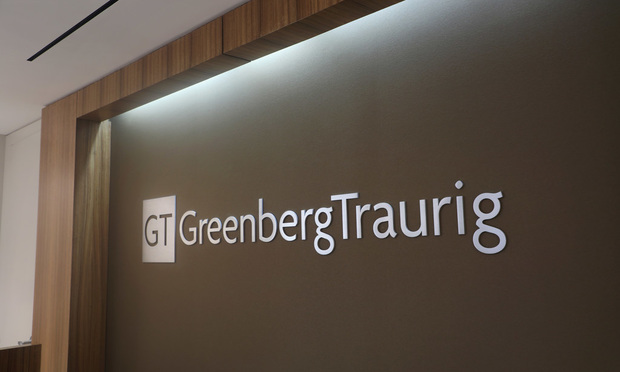When Dentons recently announced its bold plan to build “the first national law firm” in the U.S., Greenberg Traurig’s leaders scoffed, pointing out that their firm had already done that.
If by “national law firm” Dentons meant achieving geographic scale—which is what it suggested when it noted that none of the nation’s top 10 full-service law firms has offices in all 20 of the largest U.S. markets—then it had a point.


 (Photo: J. Albert Diaz/ALM)
(Photo: J. Albert Diaz/ALM)








